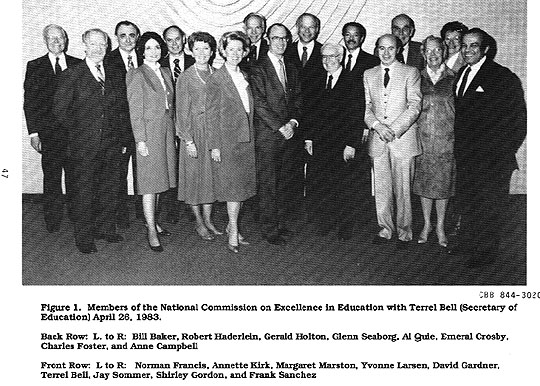Assignment 4
Historical Context and Business Motivations
Cuban starts out by stressing two crucial junctures in American history: the late 19th and late 20th centuries, when economic power significantly increased the vocationalization of the educational system. Business executives' main driving force in both periods was economic. Industrialists in the late 19th century worried that highly qualified workers from technical schools in European nations like Britain and Germany would make them less competitive. American business leaders were motivated to support an education system that could generate a workforce with comparable skills to improve industrial efficiency and possibilities for international trade because they were afraid of competition from other countries.

When we go back to the late 20th century, these same anxieties surfaced again. America struggled with falling productivity, rising unemployment, and losing market share to Germany and Japan by the 1970s and 1980s. Together with government representatives, business executives identified the education system as a key component in correcting these trends. They thought that raising American kids' educational attainment was crucial to the nation's economic recovery.
Business executives have historically used a variety of tactics to influence education in order to accomplish their aims. They supported vocational schools and pushed for government funding for vocational education in the late 19th and early 20th centuries. Their efforts paid off in 1917 when the Smith-Hughes Act was passed, granting federal funding for vocational education in public schools. The emergence of "administrative progressives," or educators who reformed school governance by appropriating corporate concepts of efficiency and professional administration, was another development during this time.
Business strategy changed in the latter half of the 20th century. A revolution occurred with the release of "A Nation At Risk" in 1983, which connected poor academic achievement to a declining economy. A flurry of reforms aimed at boosting academic accountability and rigor were sparked by this report. National education goals, more standardized testing, and the introduction of market competition through school choice and charter schools were among the reforms driven by business. Both Democratic and Republican administrations supported and carried out these measures, demonstrating widespread political support.

Cuban contends that the impact of these interventions on classroom practices has been little, despite the significant influence that business has on education policy and governance. The prevalent pedagogical approaches, which are distinguished by teacher-centered instruction, have not significantly altered. Although corporate management principles were effectively pushed into school administration by business leaders, their influence on how teachers teach and how students learn was not as great.
Furthermore, it may be argued that the emphasis on accountability and standardized testing has strengthened conventional teaching strategies rather than encouraging creative, student-centered ones. A more standardized and academically focused curriculum has resulted from the overemphasis placed on test results and academic rigor, to the detriment of progressive and vocational educational approaches.
Cuban also poses important queries regarding the wider ramifications of education reforms promoted by the private sector. He casts doubt on the idea that results from standardized tests predict future success in the workplace and wonders if the education industry, which views education as a commodity, can actually advance the common good. He makes the point that although the goal of these reforms is to get students ready for the workforce, they can overlook the bigger picture of public education, which is to create civically engaged, morally aware, and literate citizens.
Cuban's research demonstrates the intricate and frequently contradictory link that exists between corporate interests and public education. Even while corporate executives have had a big impact on educational policies and procedures, better teaching methods or educational outcomes haven't always resulted from their influence. Rather, it has frequently served to uphold established practices and focus education only on achieving economic objectives, sometimes at the price of a more comprehensive intellectual and civic growth. In order to truly prepare children for the wide range of difficulties that lie ahead, education reform must take a balanced approach that incorporates academic, civic, and economic aims. This essay highlights the importance of this strategy.
Comments
Post a Comment